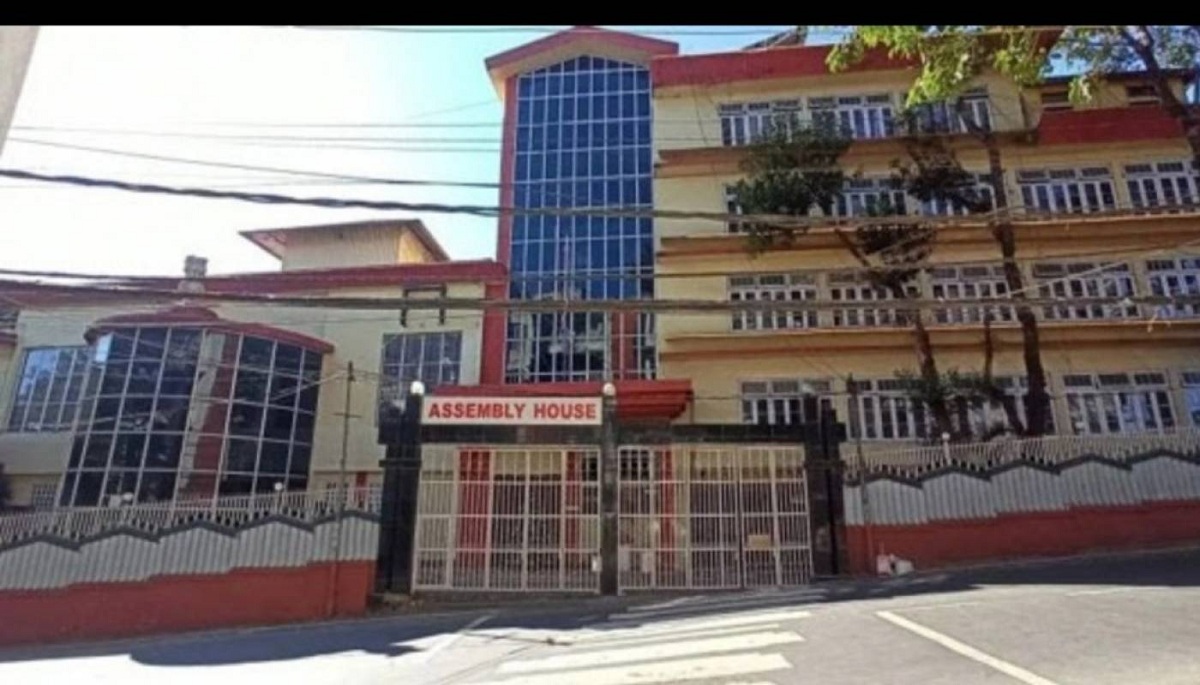In a momentous address to the Mizoram Legislative Assembly, the Finance Minister unveiled the much-anticipated Annual Financial Statement for the Fiscal Year 2024-25, signaling a decisive leap towards the state’s economic revitalization. Encompassing the “Kalphung Thar – Mipui Sawrkar” initiative, the budgetary framework embodies a steadfast commitment to fostering inclusive growth, ensuring fiscal stability, and addressing pressing socio-economic imperatives.
Key Highlights:
Economic Resilience: Mizoram’s economy demonstrates resilience amid global challenges, projecting a robust Gross State Domestic Product (GSDP) growth rate of 11.03% for the fiscal year 2024-25, driven predominantly by the tertiary sector.
Fiscal Responsibility: Endeavors to contain the Gross Fiscal Deficit within manageable thresholds are underway, with projections indicating a Fiscal Deficit of 2.84% of the GSDP for the upcoming fiscal year. Anticipated increments in State’s Own Revenue, buoyed by contributions from various sectors, reflect proactive fiscal management strategies.
Debt Management: A steadfast commitment to prudent debt management prevails, with emphasis on reducing the Debt/GSDP ratio over the medium term. Investments in reserve funds managed by the Reserve Bank of India aim to mitigate contingent liabilities and ensure financial stability.
Healthcare and Social Welfare: The launch of an upgraded healthcare scheme with broader coverage underscores initiatives aimed at enhancing healthcare coverage and social welfare schemes.
Infrastructure and Development: Strategic allocations towards critical infrastructure projects and capital investments underscore the government’s commitment to driving sustainable growth and fostering socio-economic development across the state.
In a closing statement, the Finance Minister reiterated the significance of prudent financial management and collective efforts in realizing the vision of a prosperous and equitable Mizoram. The budget for the fiscal year 2024-25 serves as a strategic blueprint for achieving sustainable development amidst evolving challenges, paving the way for a brighter future for generations to come.
Diversified Sectoral Reforms:
The government’s agenda encompasses multifaceted reforms spanning various sectors, including healthcare, education, sports, tourism, land, administration, and industry, aimed at combatting corruption, enhancing social security measures, environmental conservation, and fostering entrepreneurship and skill development initiatives.
Chief Minister’s 100 Days Programme:
The proactive “Chief Minister’s 100 Days Programme” outlines key objectives to be achieved within the stipulated timeline, with a dedicated monitoring committee tasked to oversee implementation progress.
Strategic Action Plan:
Under the theme of “Year of Consolidation,” the government is committed to fortifying fiscal health, employing prudent financial management strategies to streamline expenditures and prioritize essential projects with sustainable impact.
Agri-Economic Initiatives:
Efforts to bolster agricultural sustainability include procuring key cash crops at remunerative prices and establishing the Agricultural Market Assurance Fund Management Board to regulate prices and enhance processing capabilities.
Proactive Governance Measures:
Governance reforms include the reconstitution of committees focused on cost reduction, revenue generation, efficient project monitoring, and anti-corruption measures.
Holistic Social Initiatives:
Initiatives such as the Anti-intoxicating Substances Drive and the “Hand Holding Policy” aim to address social challenges, empower various sectors, and ensure effective implementation of government schemes.
Strategic Fund Allocation:
Significant budgetary allocations underpin grassroots empowerment and sectoral growth, with funds earmarked for the Hand Holding Policy and the Agricultural Market Assurance Fund, reinforcing the state’s commitment to agricultural sustainability and market stability.






















+ There are no comments
Add yours